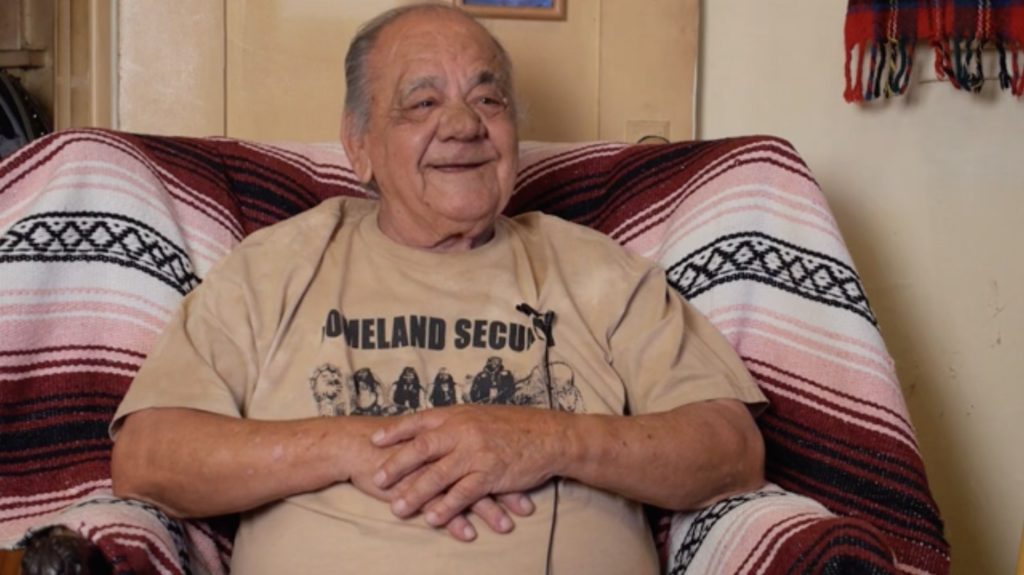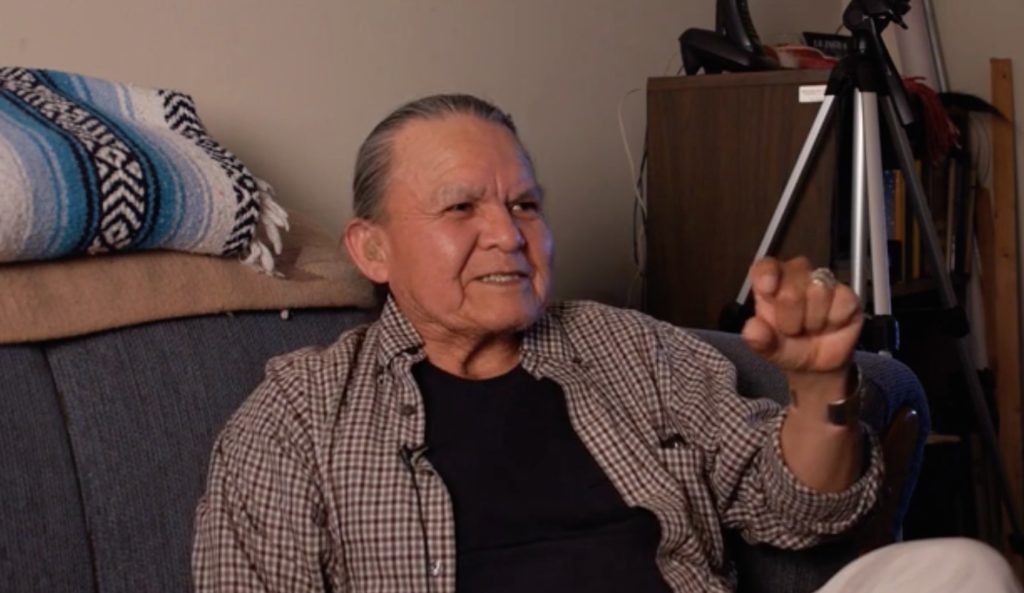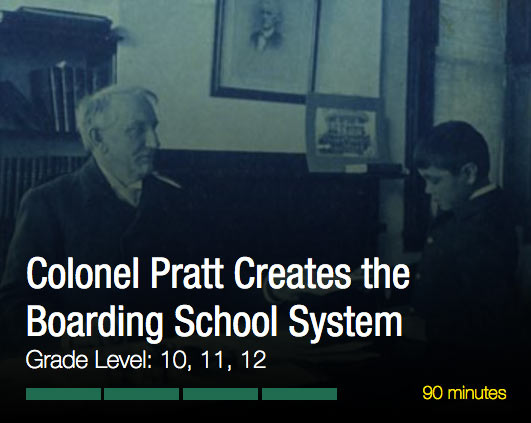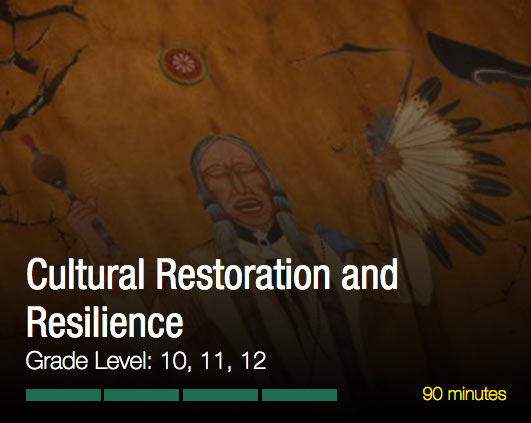What We Do


Visual History Collecting
The Cante Sica Foundation trains teams of Native filmmakers and historians to collect visual histories from boarding school survivors and alumni. The training includes: the art of collecting visual histories; cultural and psychological sensitivity around trauma and recovery in Native communities; the history of the residential school system in the United States as well as brief histories of systems in other countries; and techniques for filming, editing and archiving digital media.
By matching Native youth and elders in the interview process, the project creates an opportunity for intergenerational understanding and healing. Reflecting on their lives before going to school, Native elders have an opportunity to paint a picture of their profound losses: fluency in their Native tongue, a deep connection to their homeland, and their families’ cultural and spiritual traditions. Equally important are stories of their lives after school, which often traverse a journey towards healing, resilience and a reaffirmation of their cultural and spiritual traditions.
Although the boarding school system as a tool of forced assimilation ceased to operate in the mid 1970s, several of the schools remained open and continue to educate Native students. However, the leadership of these schools transitioned to Native American educators who created curricula that emphasized and celebrated Native culture and language. Boarding School Stories will include interviews with alumni, teachers and current students from these schools, to shed light on this important transformation.
If you attended a boarding school and would like to tell your story for the Boarding School Stories archive, please contact us.
Visual History Archive
The visual histories are stored in an online visual history archive at The Autry Museum of the American West and are made available to viewers worldwide. Accompanying each interview is an index that provides content summaries along with time codes for easy access to particular sections, and metadata about the interviewee. The Boarding School Stories archive preserves scarce primary sources on this crucial aspect of American history and makes them available for free and for posterity to Native communities, scholars, and students.
Our partnership with the Autry Museum of the American West includes exciting and fruitful events and collaborations.
- The Autry scholar-in-residence program brought two scholars and two artists together for five weeks to study and interpret the boarding school stories archive and to create new work borne of that interpretation, which they shared at a public forum at The Autry on October 15th, 2014. Read the series of blog articles about the program here.
- Native Voices at the Autry is an award-winning theater company that has been producing plays by and about indigenous communities for more than two decades. The theater company’s 2014–2015 season theme was “Legacy and Loss: Stories From the Indian Boarding School.” Taking inspiration from the Boarding School Stories archive, the company’s founder Randy Reinholz wrote and produced a brilliant adaptation of Shakespeare’s play “Measure for Measure” that takes place in fictional Genoa, Nebraska, near a boarding school in the year 1886. Read more about the play here.
- When we needed to demonstrate our curriculum prototype and get feedback from educators, we partnered with the Autry’s Works in Progress program in the Fall of 2016, which brought together more than 30 educators to provide invaluable feedback on our efforts.




Visual History Curriculum
The Boarding School Stories interactive educational website is built around our visual history archive of boarding school survivors and alumni. Fifteen lessons broach topics such as the history of the schools, removal of children from their families, education at the schools and loss of language and culture, among others. Each lesson comprises four modules:
- Classroom Activities that teach students about the topic and relate it both to students’ own life experiences and to current events;
- History and Context that provides interactive timelines, primary sources and other resources that deepen students’ understanding of the topic;
- Visual Histories, short videos from our archive of boarding school survivors and alumni who tell personal stories that relate to the topic;
- Reflect and Respond where students think about and respond to what they’ve learned by creating essays, poetry, short videos, presentations, interactive collages and other forms of expression and uploading them to the website to share with their peers.
Boarding School Stories will be made available to schools for free as a stand-alone resource, but will also be promoted by and linked from the PBS Learning Media, Autry Museum of the American West, Cal Humanities and Vision Maker Media websites.
We have completed a prototype of the site and written curriculum for one of the lessons. If you’d like to be a beta tester to use the prototype in your classroom, please contact us.
The Cante Sica Foundation is a 501c3 foundation whose purpose is to implement the Boarding School Stories visual history project. The Cante Sica Foundation also develops content and shares resources for related artistic projects including museum exhibitions, documentary films, books, and theater projects. This project was made possible with support from California Humanities, a non-profit partner of the National Endowment for the Humanities, Vision Maker Media, and the Kalliopeia Foundation.
Contact us at info@cantesica.org

